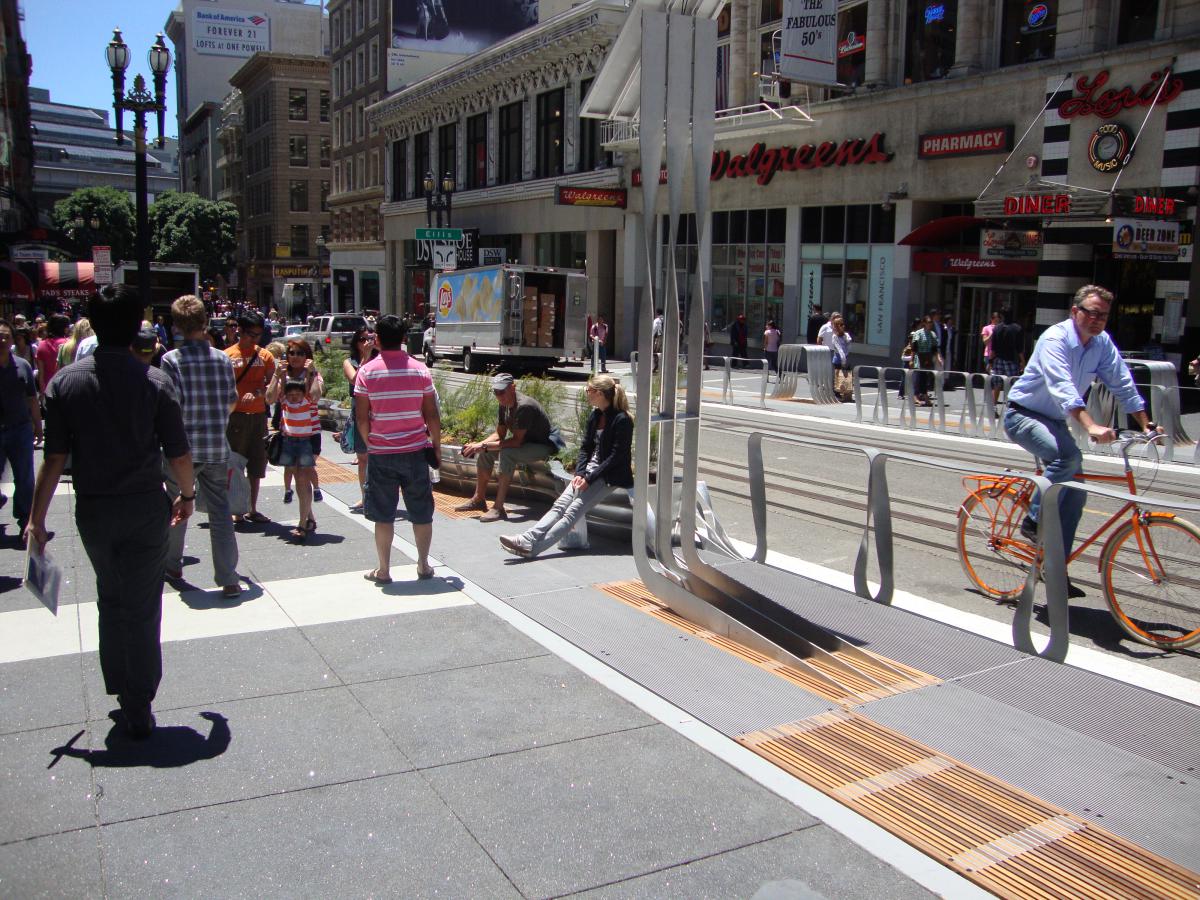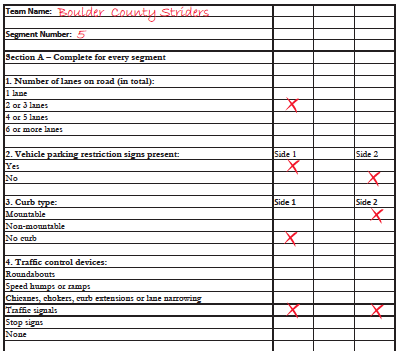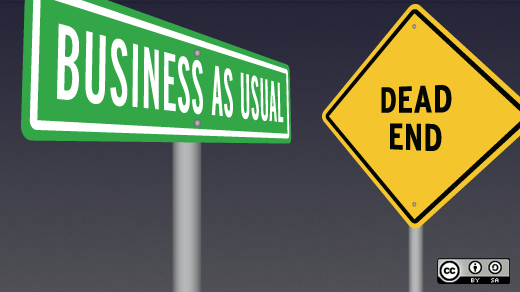If you think streets are for driving, you’re not alone. But you are also not thinking outside the box. Open Streets initiatives are taking root across the continent, with communities everywhere looking to use their streets for walking, dancing, bicycling, partying, and dozens of other activities that can help build healthier, stronger, more sustainable communities. Here are three ideas and resources from the Planning Tool Exchange to help you open your streets to more than just cars.
EngagingCities is an online magazine that shares creative strategies and new technologies to foster public engagement for livable communities.
Open Streets Project
The Open Streets Project should be your first stop if you’re interested in entering the open streets game. This collaborative project aims to help document Open Streets projects (so add yours to the map!), connect activists working on these projects, and provide them with the tools, resources, and facts to make projects a success. Check out their guide, click through examples of projects in communities everywhere, and reach out to learn about best practices and get help with challenges.
Read more at The Planning Tool Exchange (PlanIt X), a free online database of community planning projects, tools, and resources, hosted by the Orton Family Foundation.
San Francisco Great Streets Project

If you’re looking for an example of what an Open Streets project can be, go no further. This project "envisions a community whose streets attract people of all kinds to create compelling public places." This means opening up streets to function as networks, to serve many kinds of transportation (foot, bike, car, public, and more), and to change street design to enable more functioning public spaces. Projects include Sunday Streets (when streets go car-free to enable biking, playing, shopping, and walking) and Parklets (creating mini parks out of parking spaces by constructing small platforms for public use).
Read more at PlanIt X.
Walkability Audit

Ready to get started? A walkability audit is a good first step. Even if you don’t go as far as creating mini-parks and shutting down main street, you can still start collecting some data about how walkable (or bikable or danceable) your streets are. This simple tool will help you assess how easily and safely pedestrians can use your community’s streets. The tool will help you evaluate numerous factors, from aesthetics to sidewalks, security to connectivity and amenities. Once you’ve created an audit, you’ll be ready to make the case for change.
Read more at PlanIt X.
Set a goal to open up your community’s streets this month—or just read about the topic at PlanIt X and add your own tools and projects!
Originally posted on Engaging Cities. Reposted with permission.





1 Comment